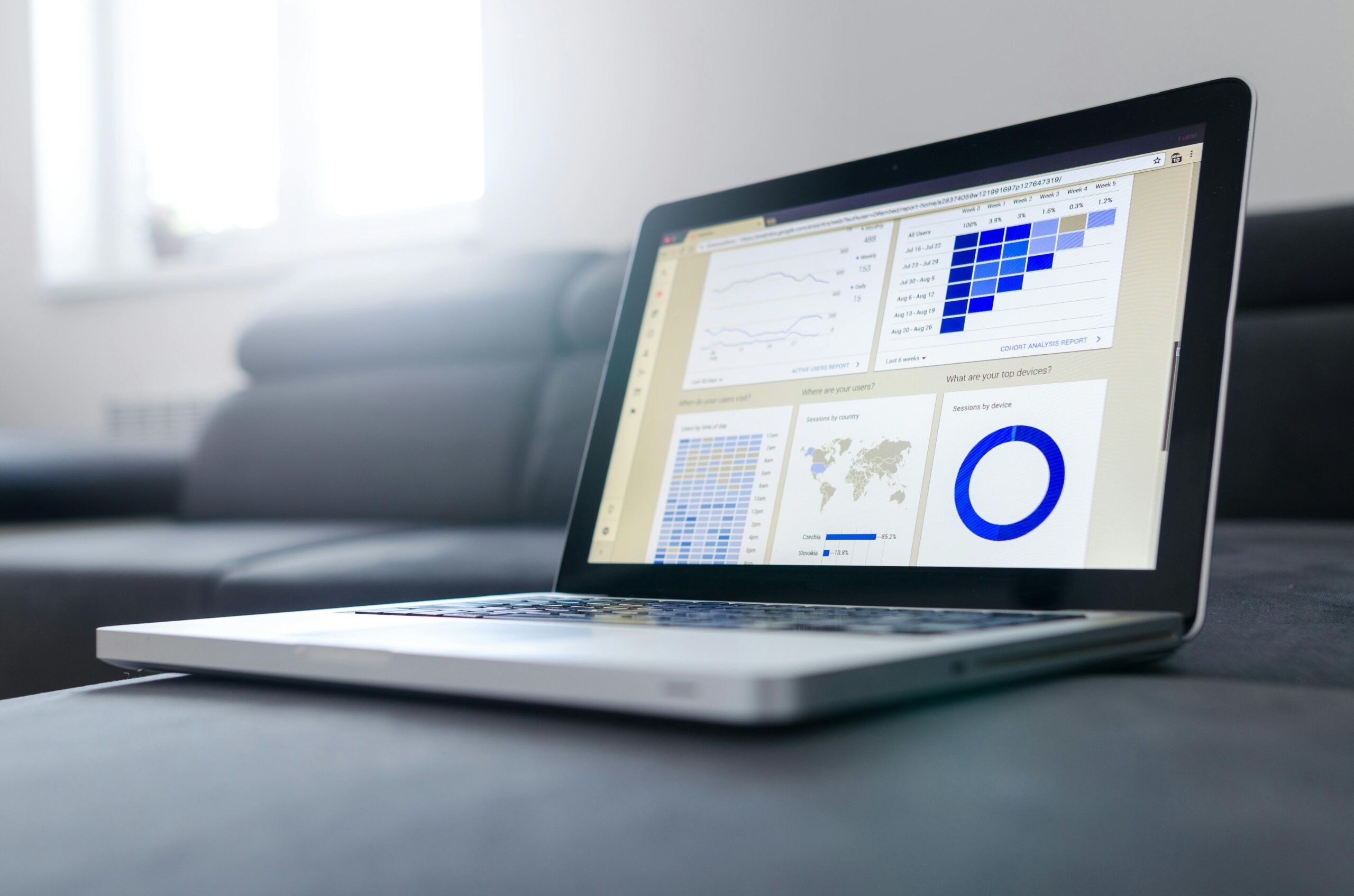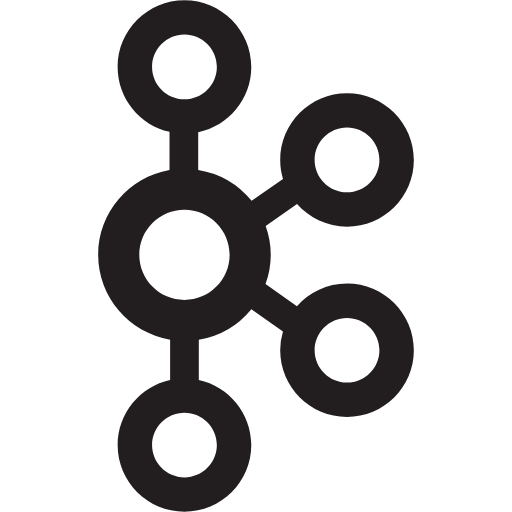Big Data Analytics involves the systematic examination of extensive and complex datasets to uncover hidden patterns, correlations, and insights that can drive informed decision-making. By leveraging advanced analytical techniques and technologies, organizations can transform raw data into valuable information, enhancing operational efficiency and fostering innovation.
Overview
In today’s data-driven world, businesses generate and collect vast amounts of data from various sources, including social media, sensors, transactions, and more. Big Data Analytics enables the processing and analysis of this data to extract actionable insights. This process encompasses data mining, predictive analytics, machine learning, and statistical analysis, facilitating a deeper understanding of trends, behaviors, and anomalies.

Developing comprehensive plans to harness data effectively, aligning analytics initiatives with business objectives.

Consolidating data from disparate sources, ensuring quality, consistency, and accessibility.

Applying statistical models and machine learning algorithms to predict future trends and behaviors.

Processing streaming data to provide immediate insights, crucial for time-sensitive decisions.

Creating intuitive dashboards and reports that present complex data in an understandable format.

Designing and implementing scalable architectures to support large-scale data storage and processing.








This is the initial phase where business goals and data analytics needs are defined. Stakeholders collaborate to identify key problems, expected outcomes, and performance metrics.
Data is gathered from various sources like databases, APIs, logs, sensors, social media, or cloud platforms. Ensuring the quality, volume, and variety of data is crucial at this stage.
Collected data is stored in scalable and flexible storage systems such as Hadoop Distributed File System (HDFS), NoSQL databases, or cloud-based data lakes, depending on the volume and structure.
This involves cleaning, transforming, and preparing data for analysis. Tools like Apache Spark, Hadoop MapReduce, or ETL pipelines help structure and refine raw data into usable formats.
Advanced analytics, statistical methods, and machine learning algorithms are applied to discover patterns, trends, and insights. The choice of model depends on the objective (e.g., classification, clustering, prediction).
Insights are presented through dashboards, graphs, and interactive reports using tools like Tableau, Power BI, or custom-built solutions, making it easier for stakeholders to interpret results.
Analytical models or insights are integrated into business processes or software systems. This may involve API development, automation, or embedding into real-time applications.
Once deployed, the system is continuously monitored for performance and accuracy. Feedback is used to fine-tune models and processes to ensure long-term effectiveness.
We as an esteemed firm that provides technological solutions in this digital era with a very professional environment.
Don’t miss our future updates! Get Subscribed Today!